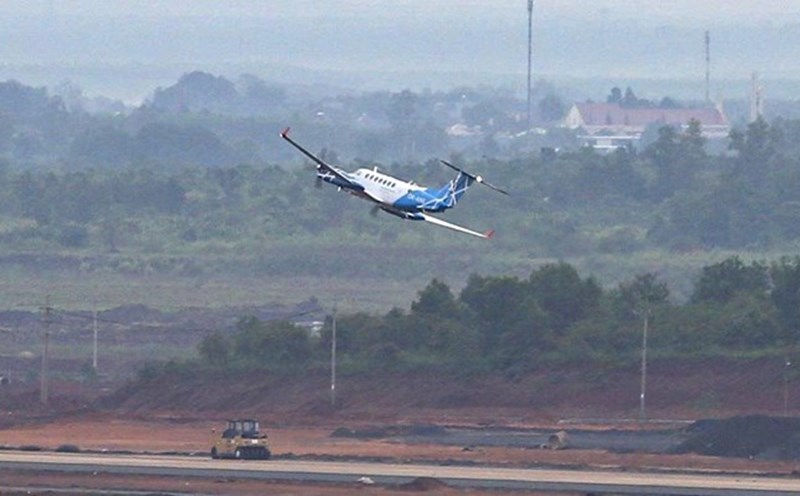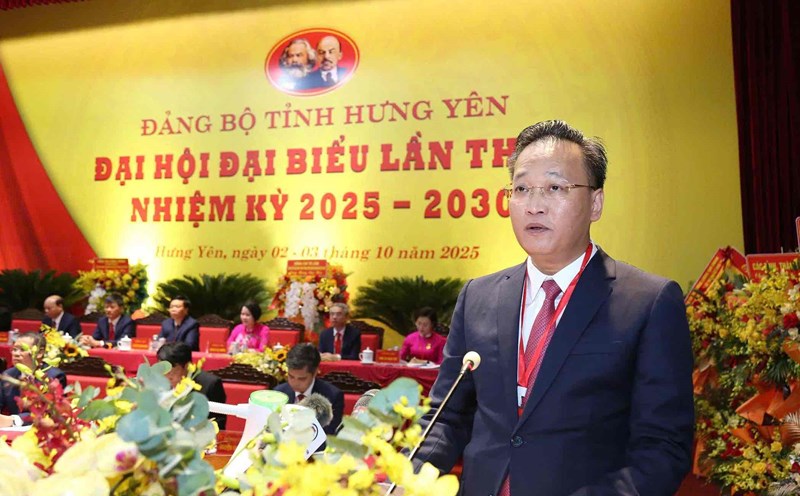At the press conference of the third quarter of 2025 of the State Bank of Vietnam (SBV) held on the morning of October 3, Deputy Governor Pham Thanh Ha said that since the beginning of the year, in the context of the global economy facing many difficulties and uncertain factors, the SBV has operated a proactive and flexible monetary policy and closely coordinated with fiscal policy to control inflation and ensure credit safety.
Deputy Governor Pham Thanh Ha said that inflation is well controlled and in line with the set target, an 8-month average of 3.25%; core inflation is 3.19% - lower than general inflation, contributing to stabilizing the macro economy - in the context of the world and regional economy still unstable.
On that basis, the SBV continues to maintain the operating interest rate level at a low level, orienting the market to reduce lending interest rates to support businesses and people.
According to statistics, the current lending interest rate is about 6.25%/year, continuing the downward trend compared to the previous period. "The interest rate policy of the SBV in recent times has contributed to reducing capital costs for businesses, promoting production and business, and supporting the economic growth recovery process" - Mr. Ha emphasized.
Regarding credit, the SBV has synchronously implemented many solutions, directing capital flows to the production and business sector and strictly controlling credit in areas with potential risks.
As of September 29, 2025, the total outstanding credit balance of the whole economy reached VND 17.71 trillion, up more than 13.37% over the same period last year.
The representative of the SBV said that credit capital has been prioritized for key sectors such as agriculture, forestry, and fishery; rice production and processing; loans for social housing development; renovation of old apartments... The credit growth rate for these sectors is at a good level.
The credit ratio for the three economic sectors of agriculture, forestry and fishery accounts for 6.23%, industry - construction accounts for 23.97%, trade - services account for 69.8% (the same period in 2024 was 6.84% - 25.65% - 67.51%).
Credit capital continues to be directed to production and business sectors, priority sectors (of which about 78% of outstanding loans to the economy are serving the production and business sector); some priority sectors under the direction of the Government and the Prime Minister account for a large proportion (such as the agricultural sector accounting for 22.76%, small and medium enterprises accounting for 19.04%), or have high growth rates (such as supporting industries and high-tech enterprises with growth rates of 23.14% and 25.02% respectively).











